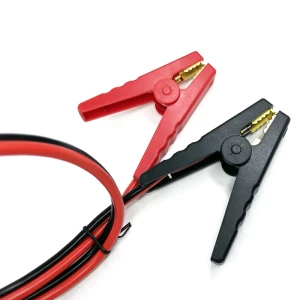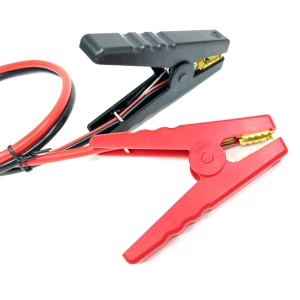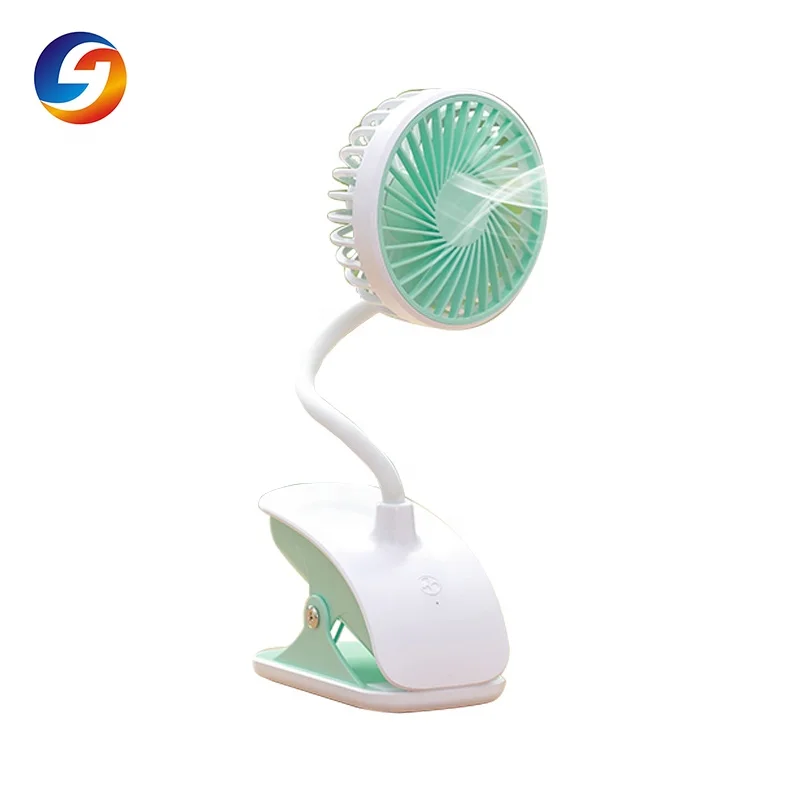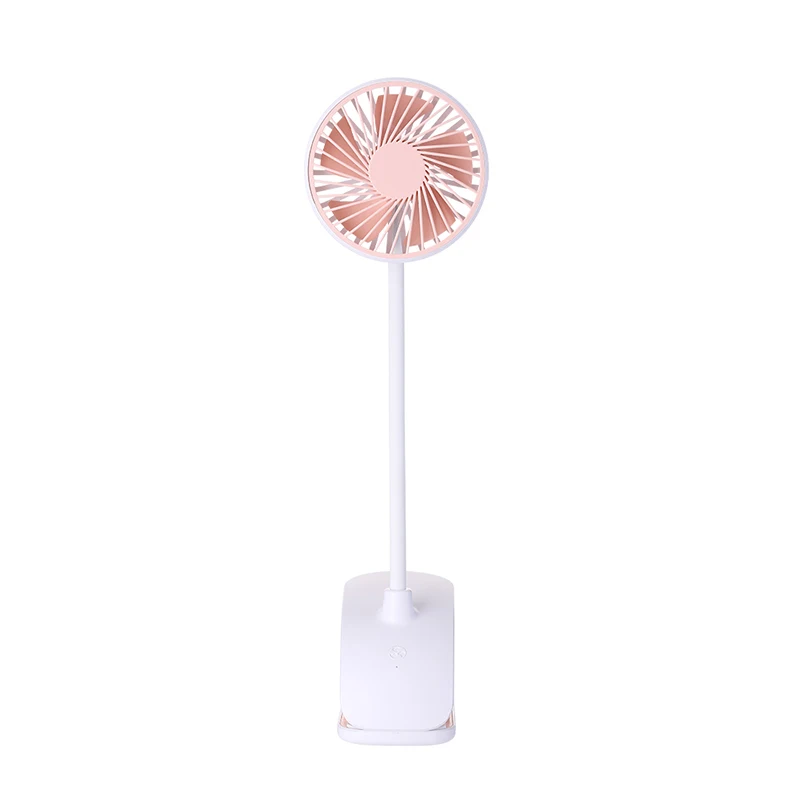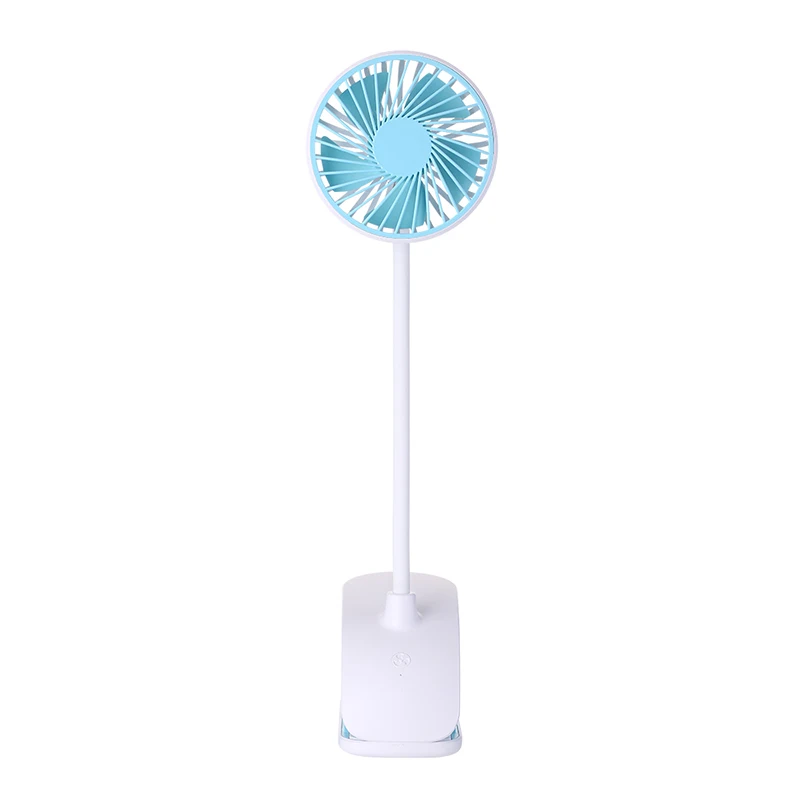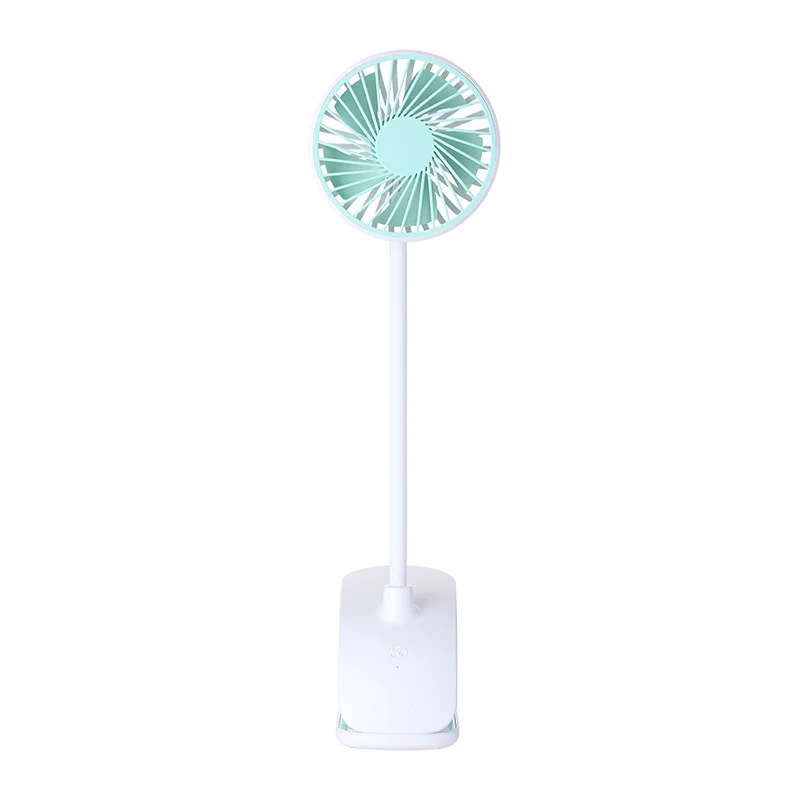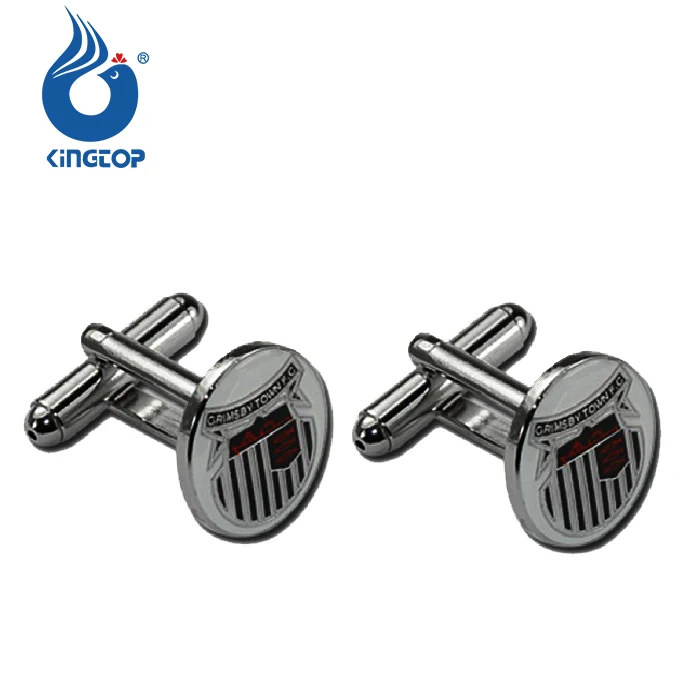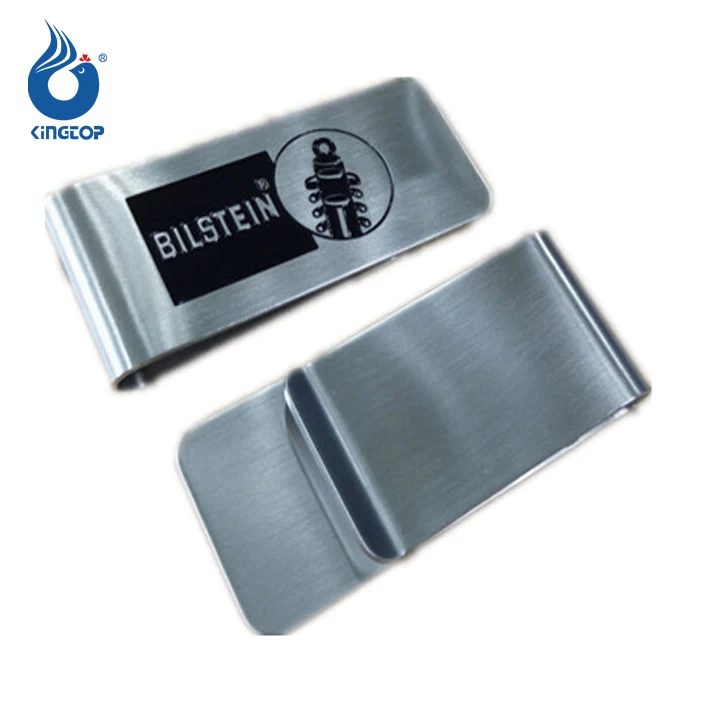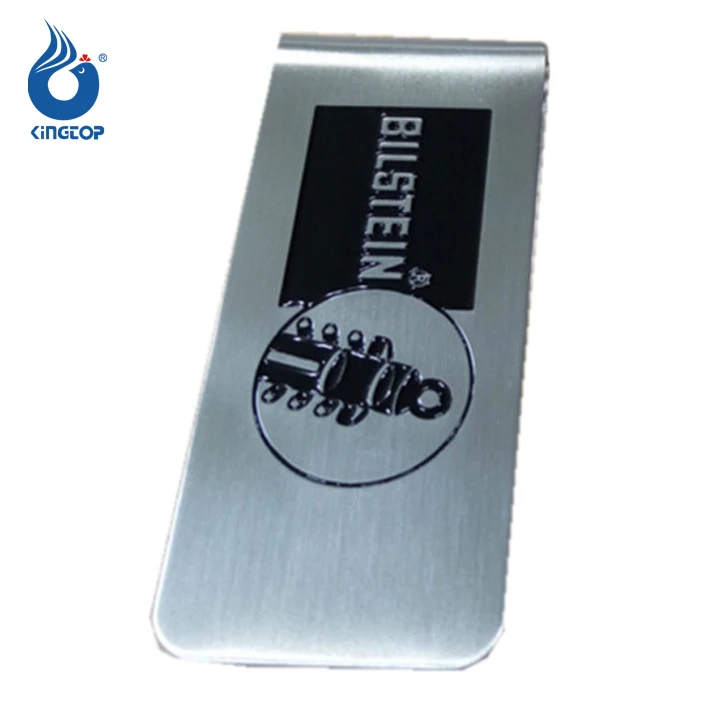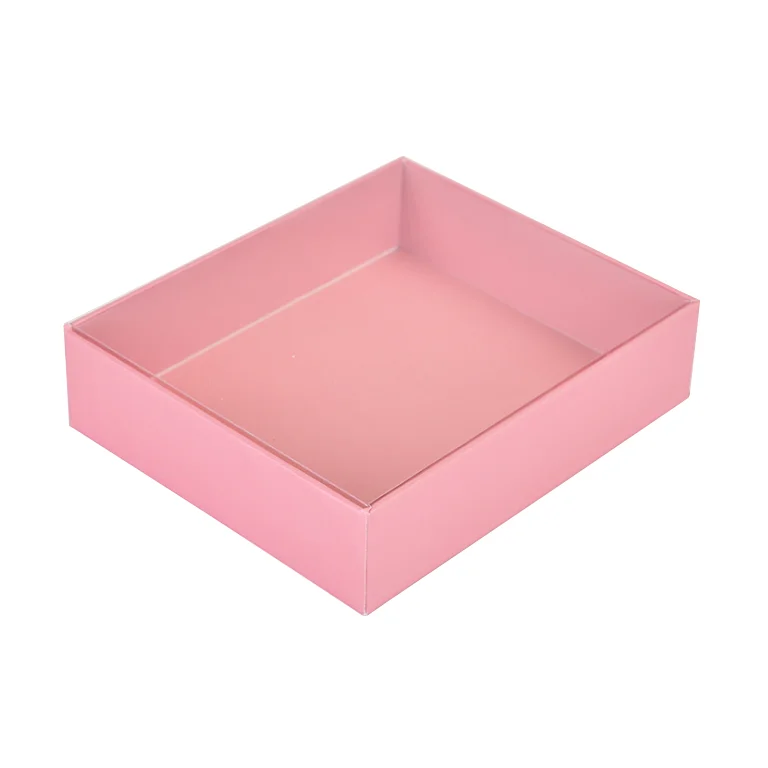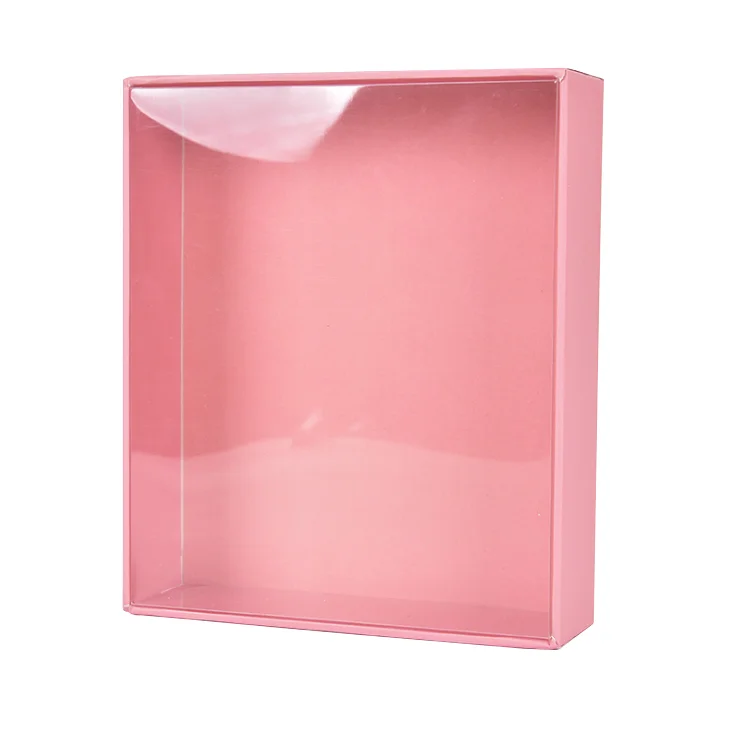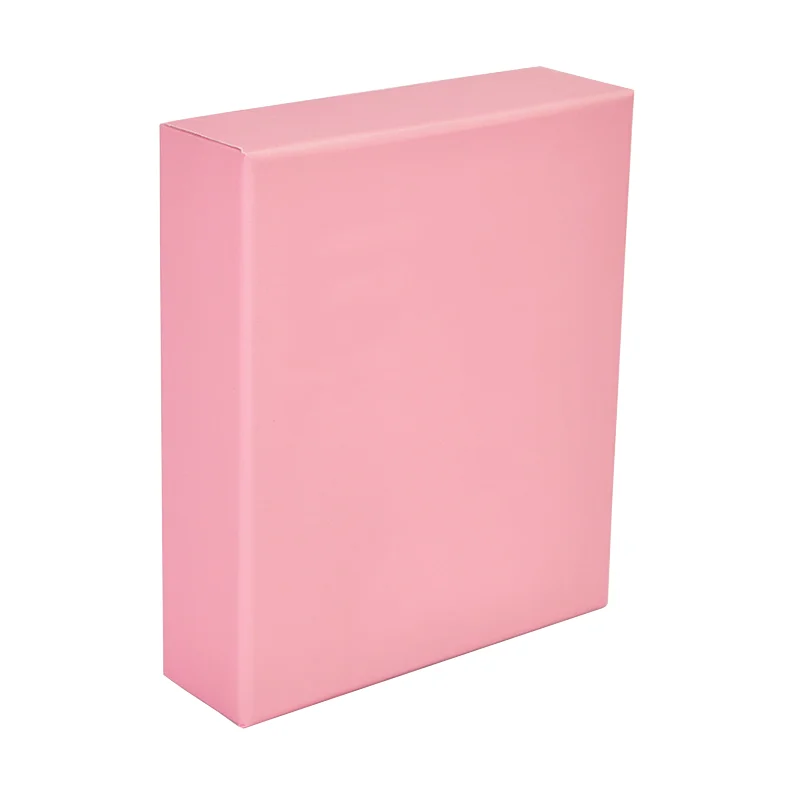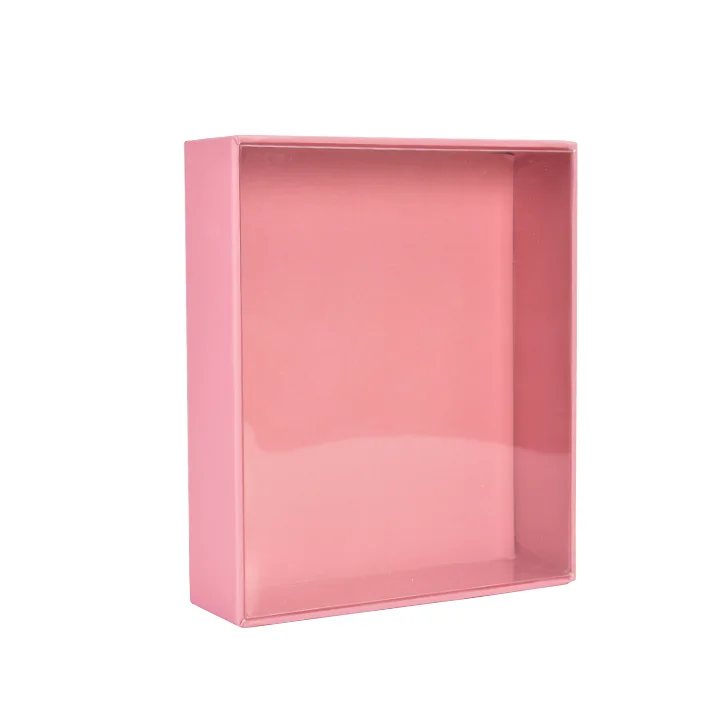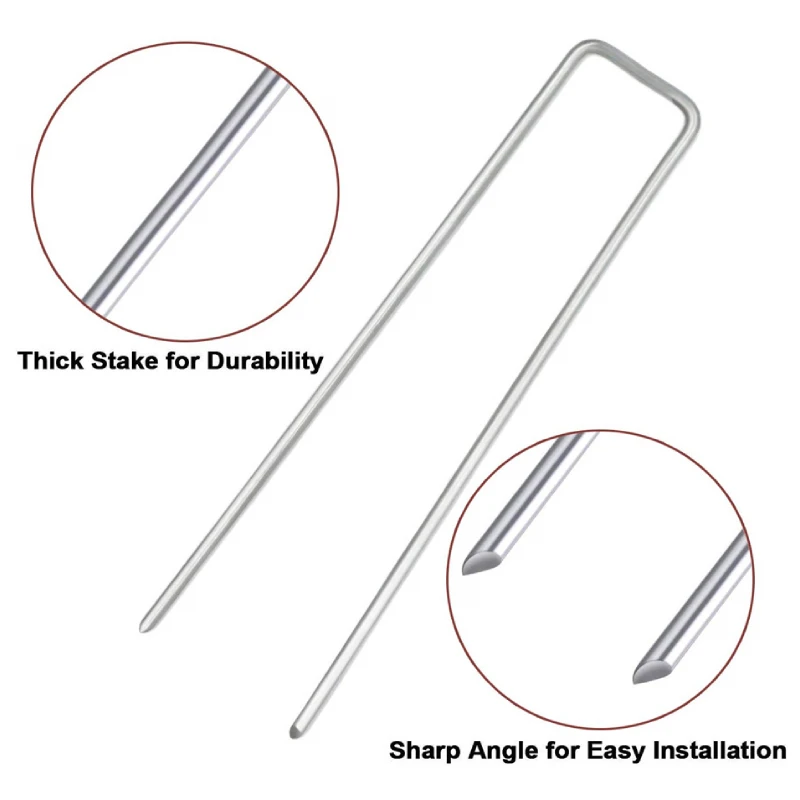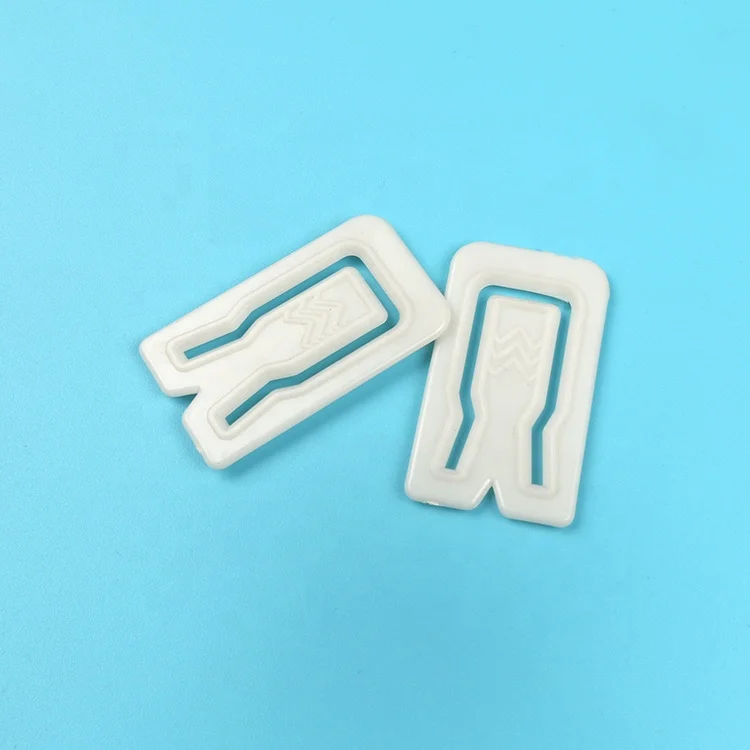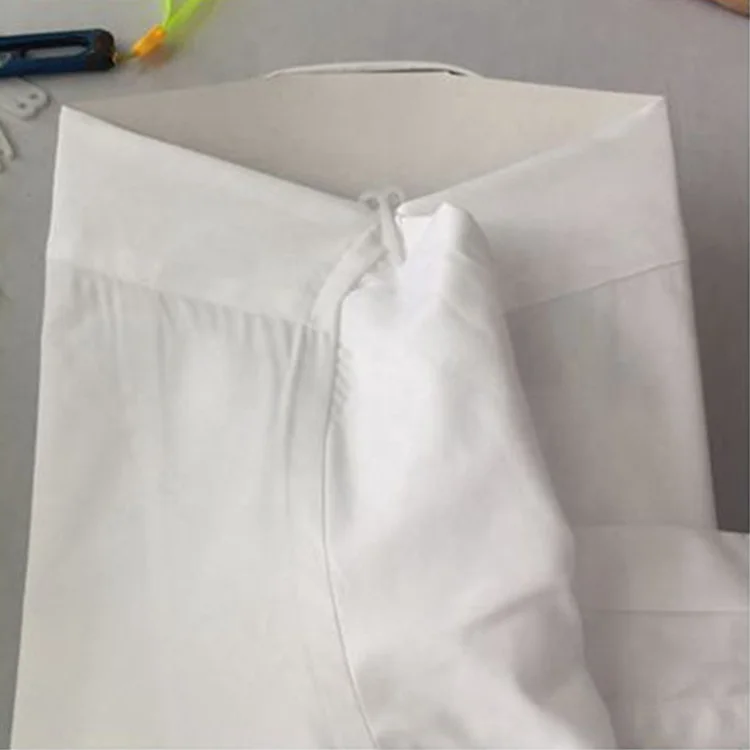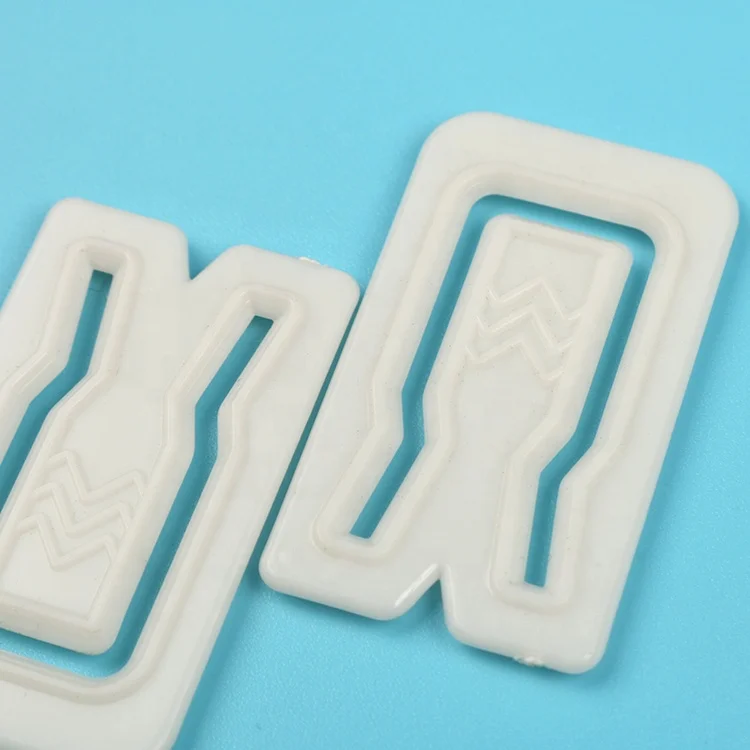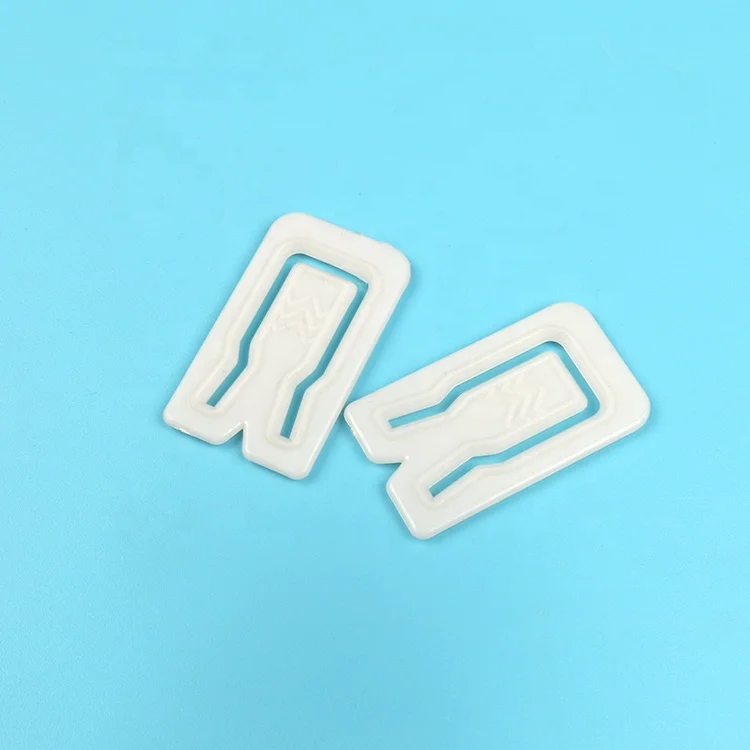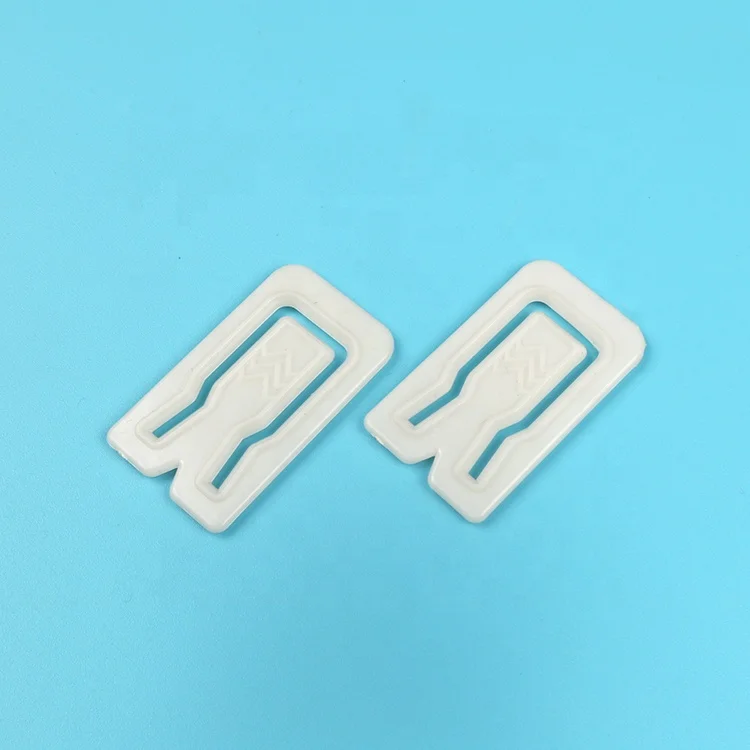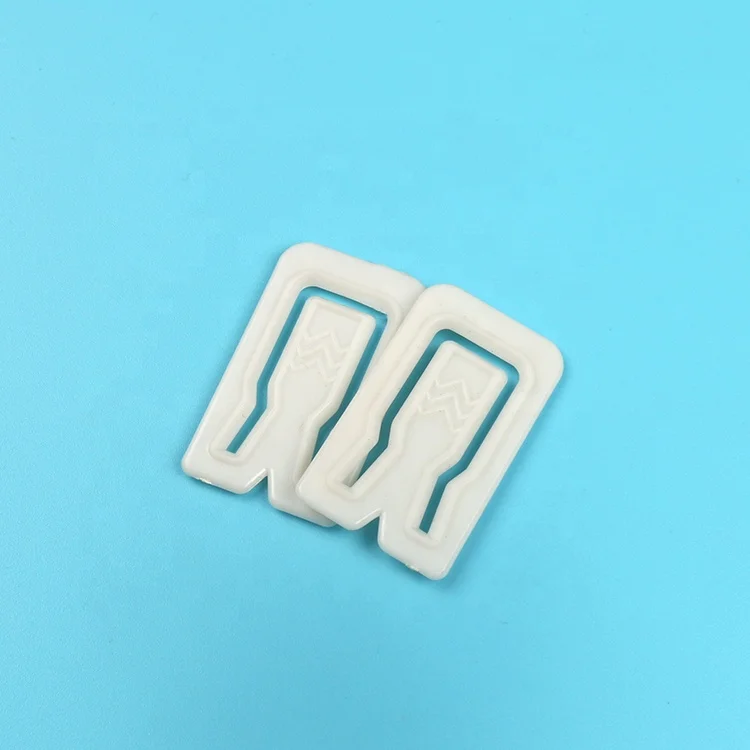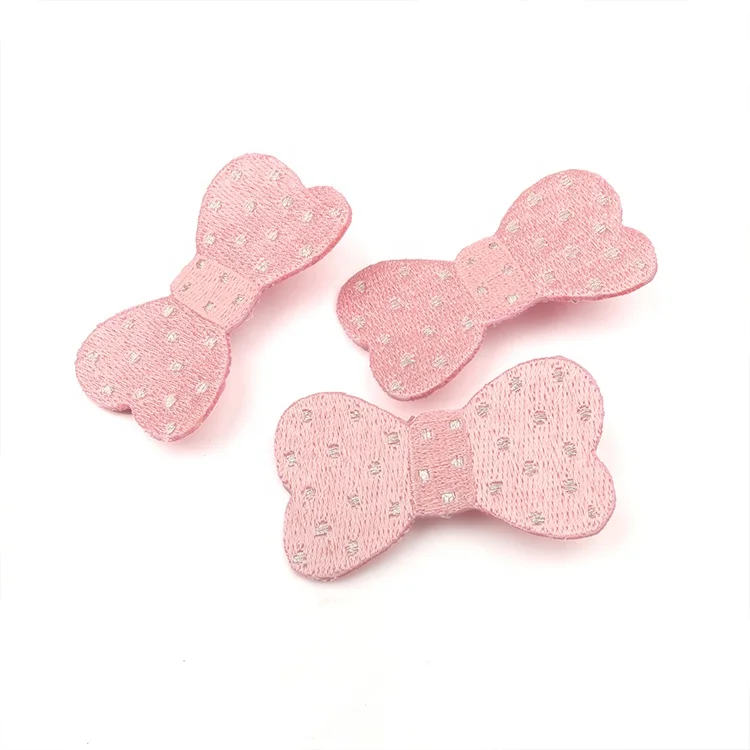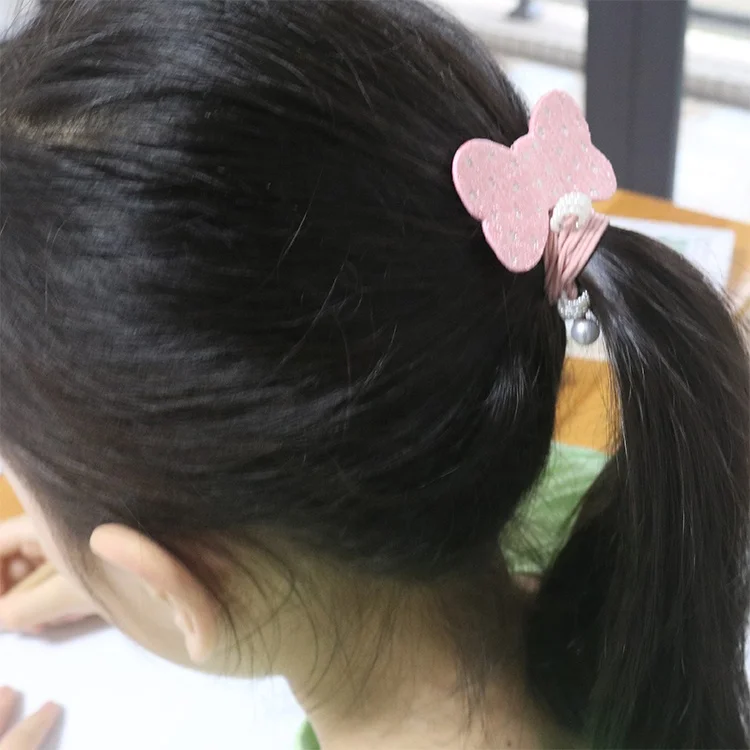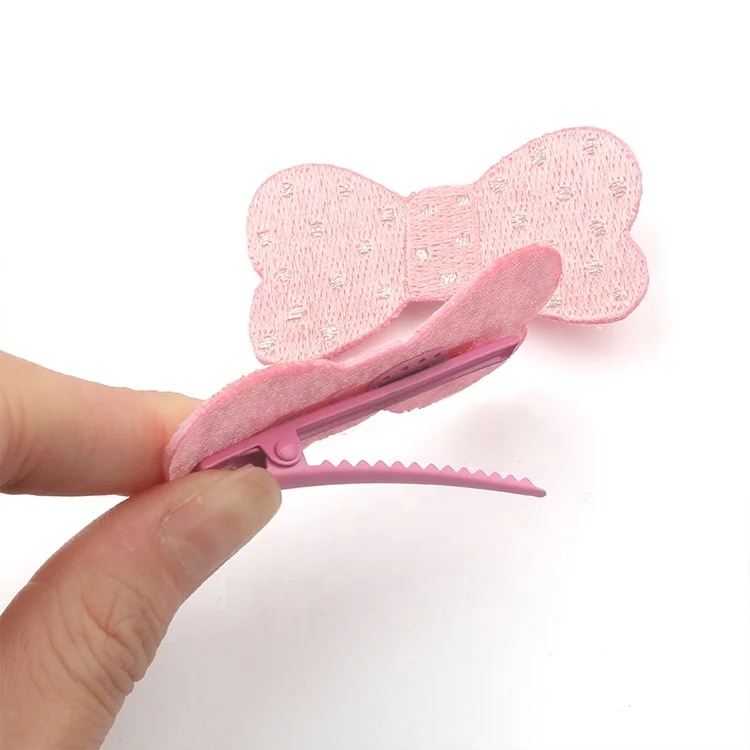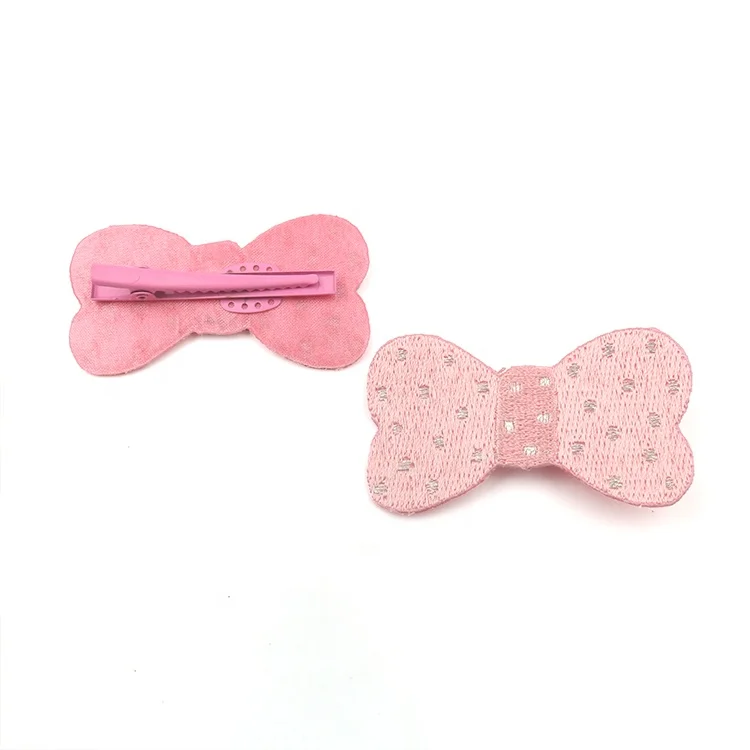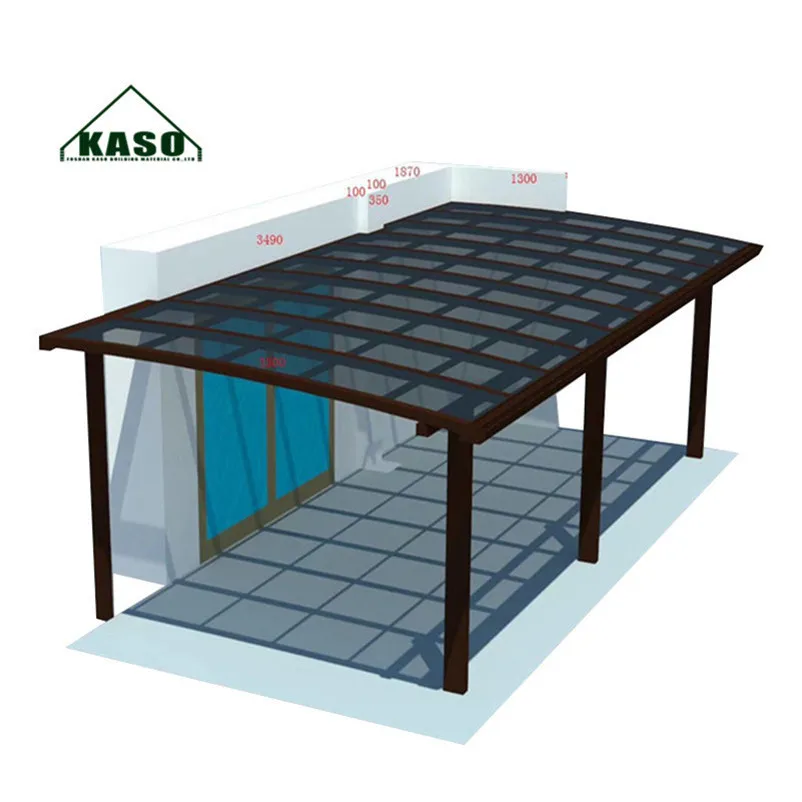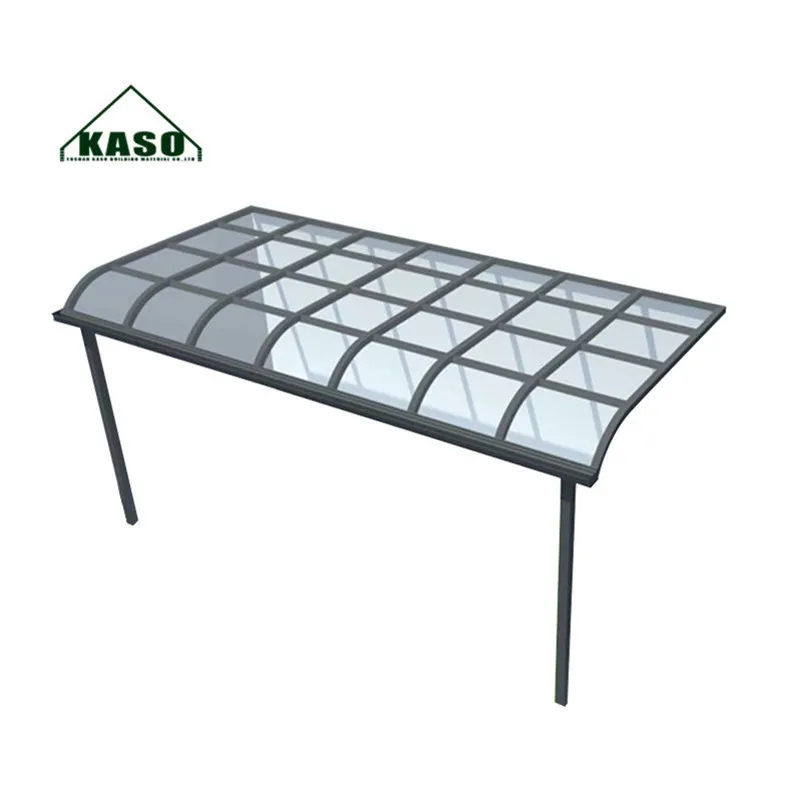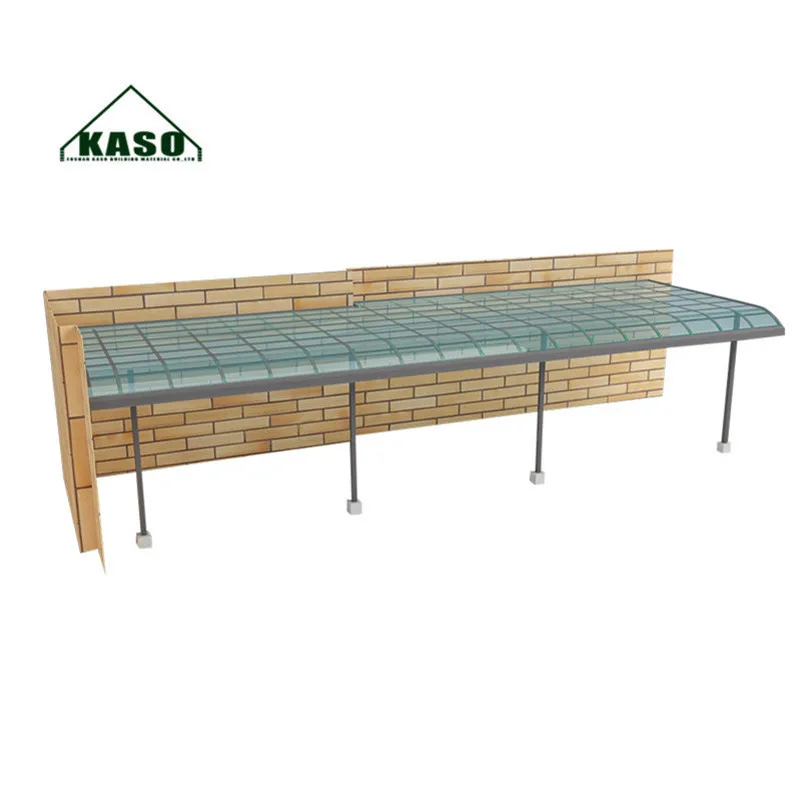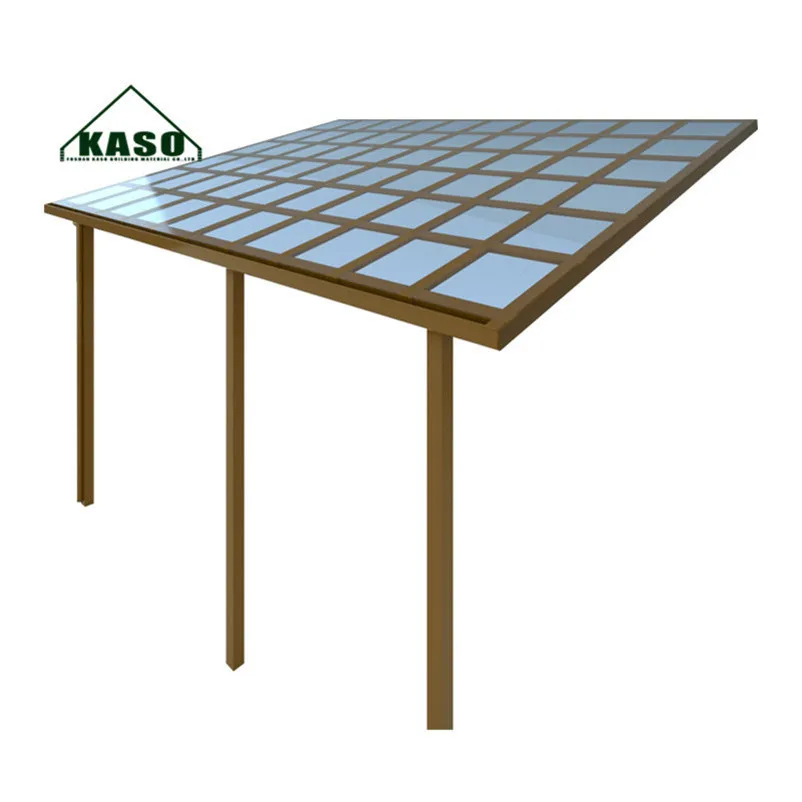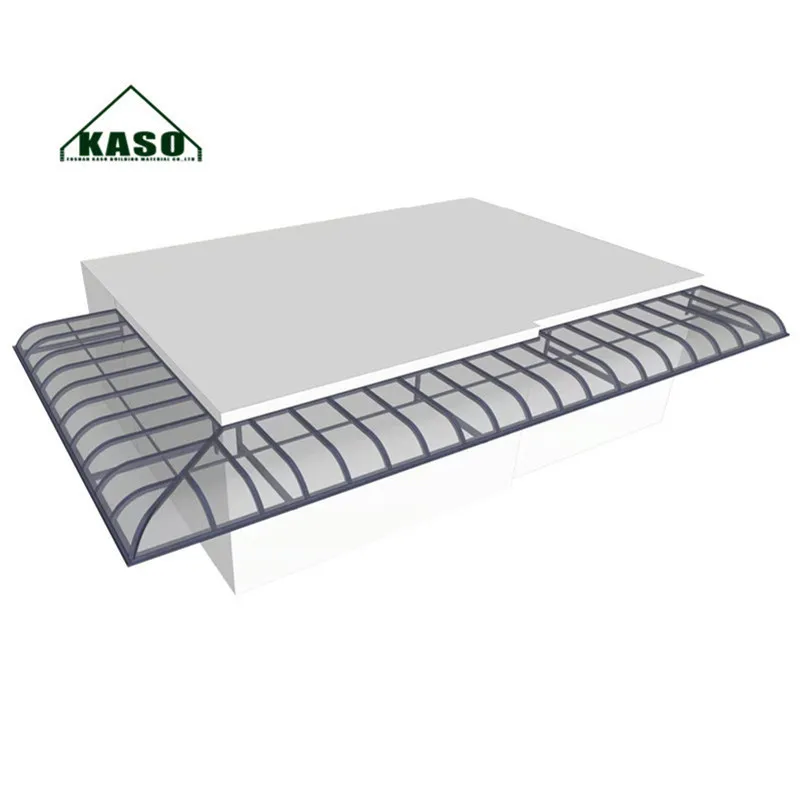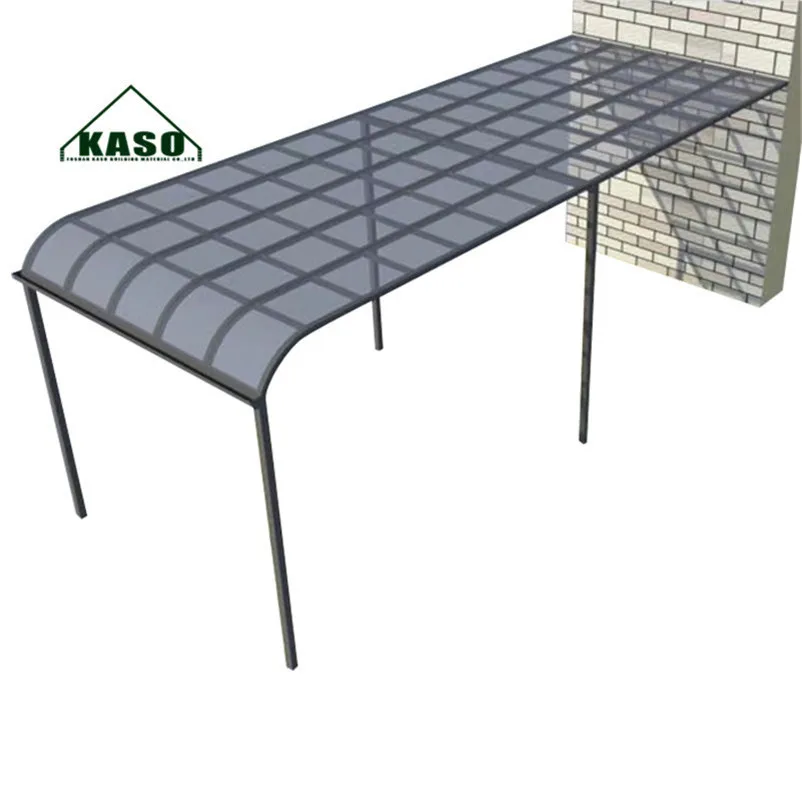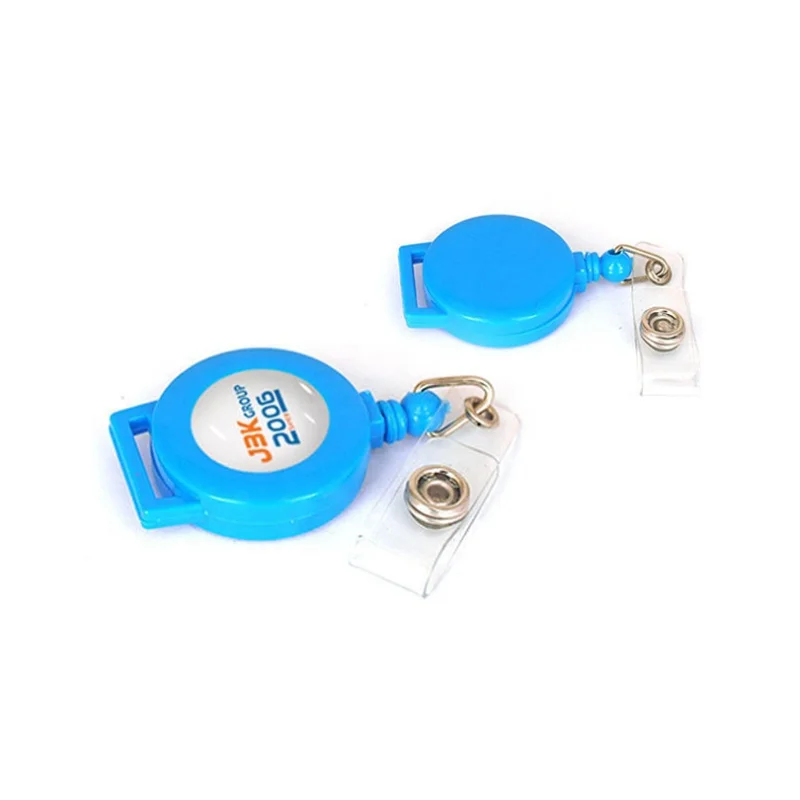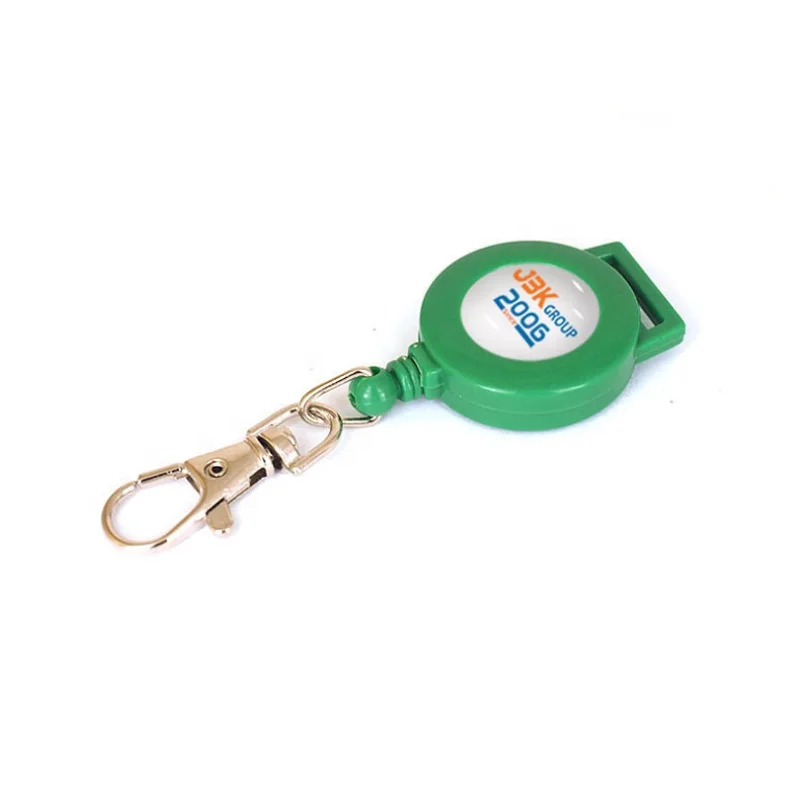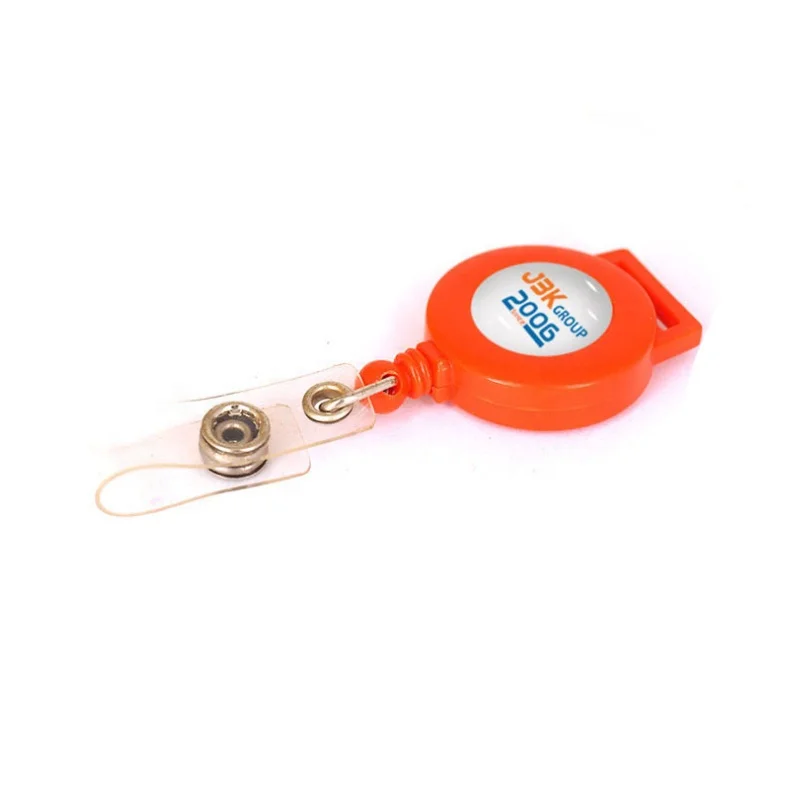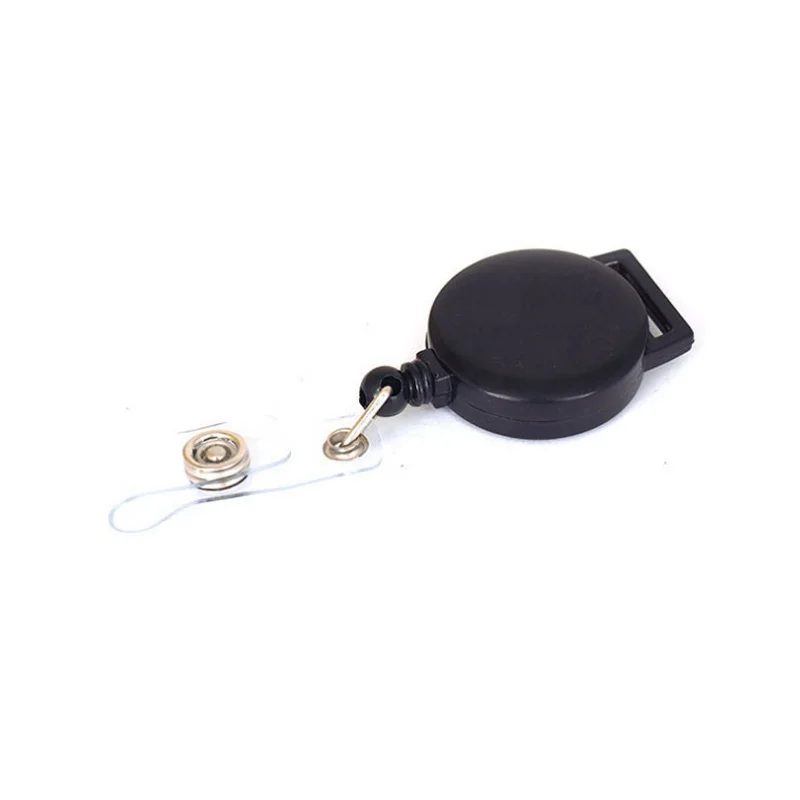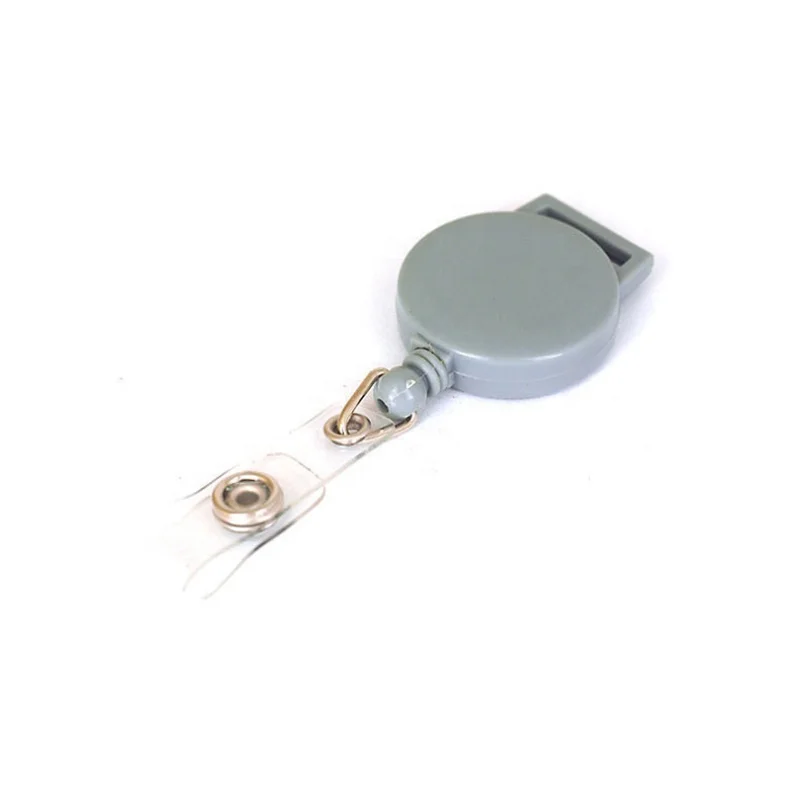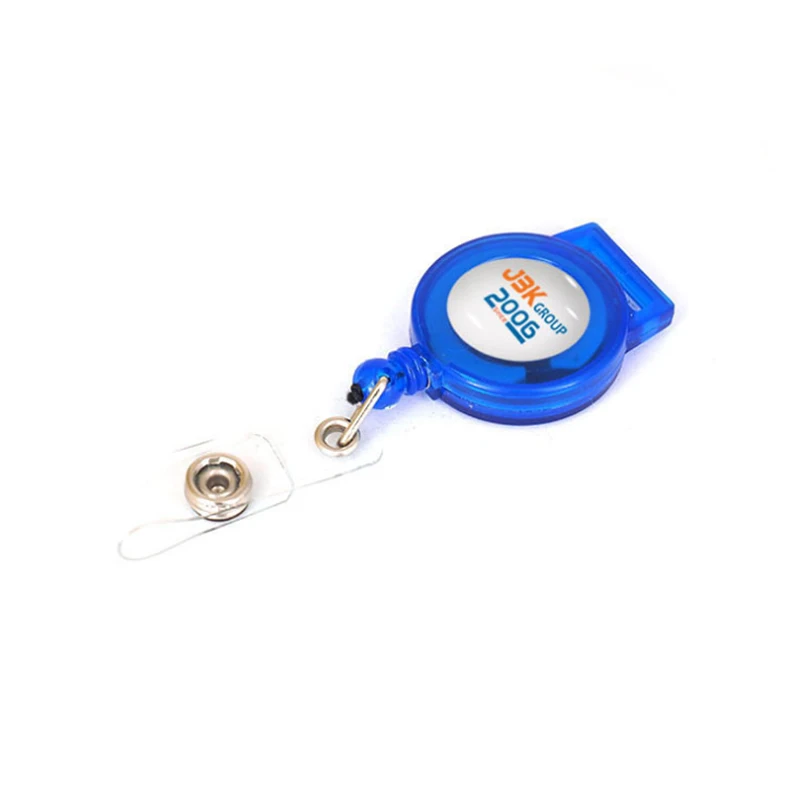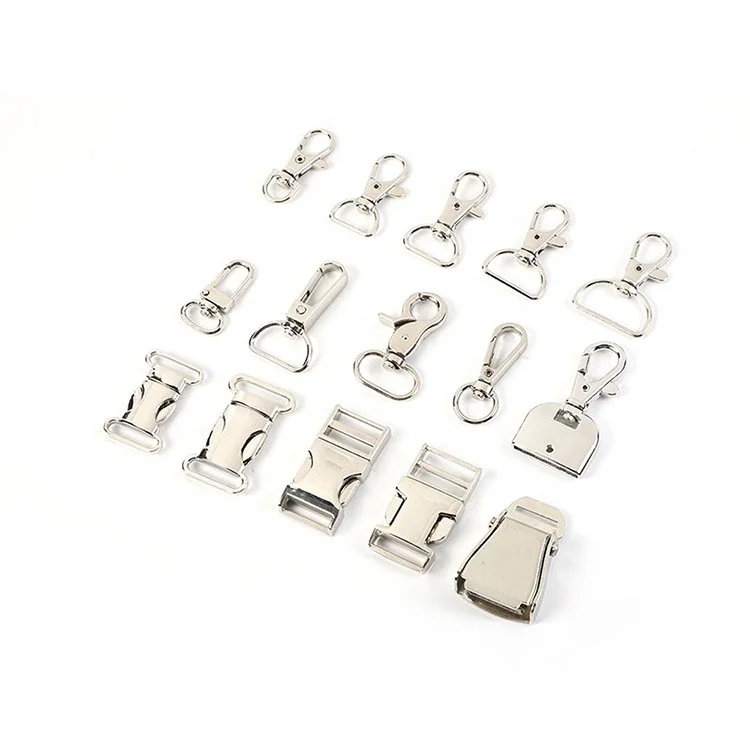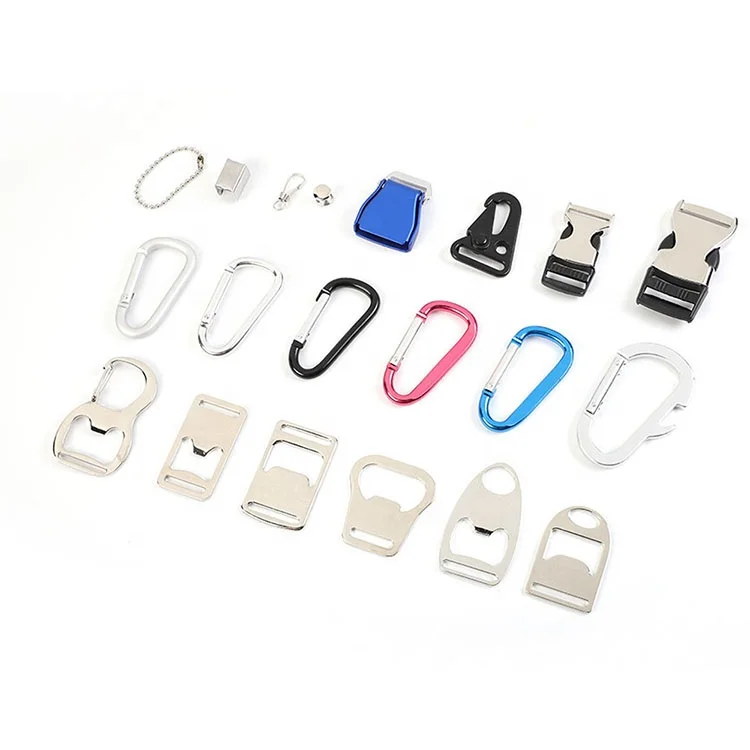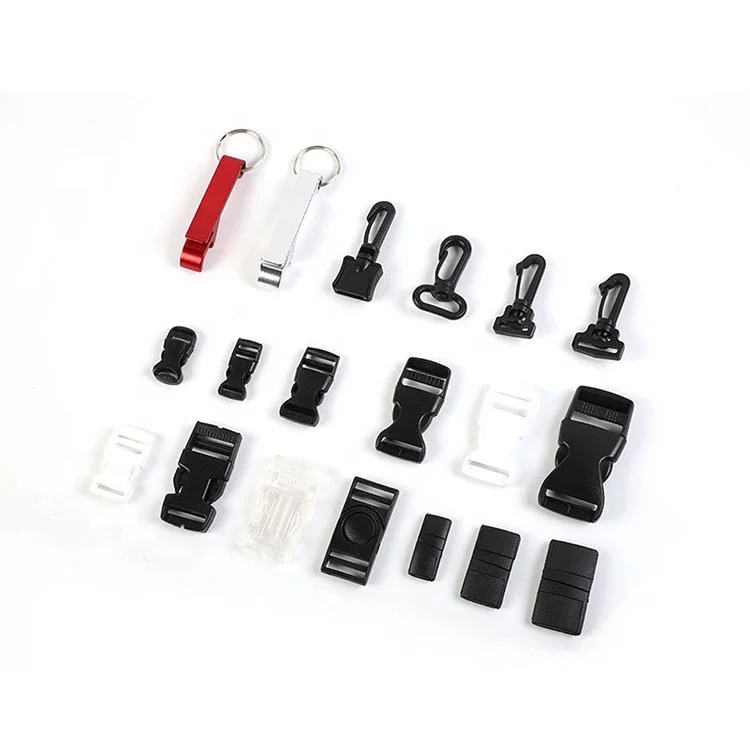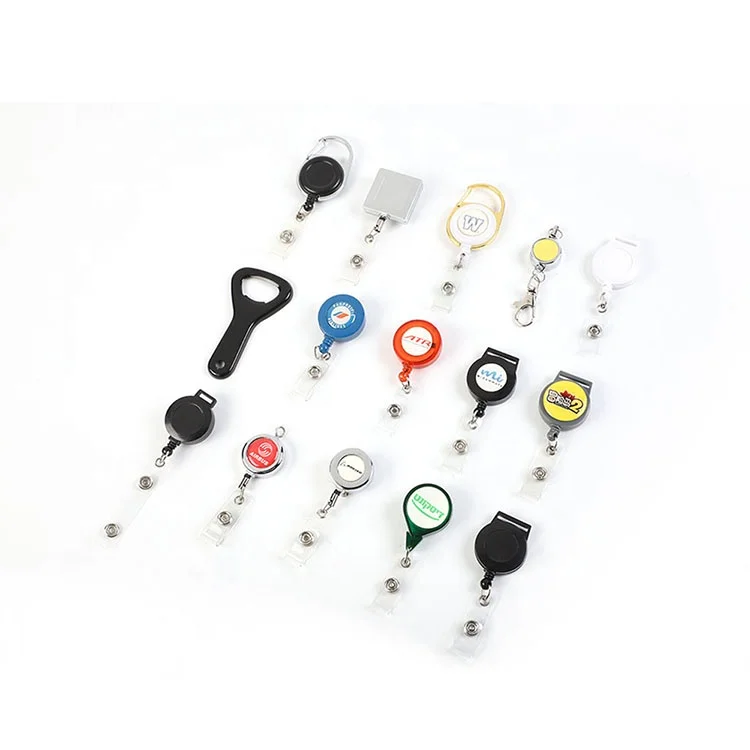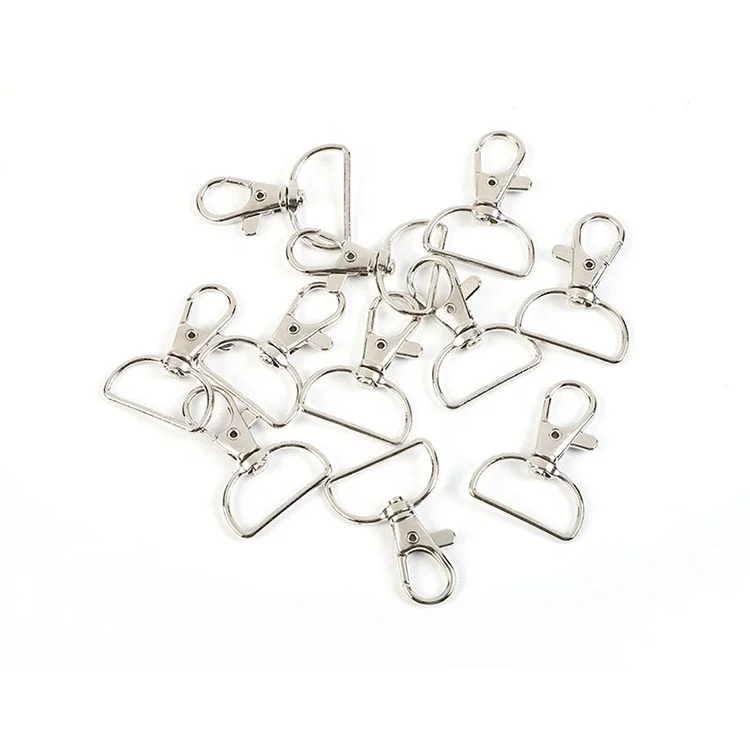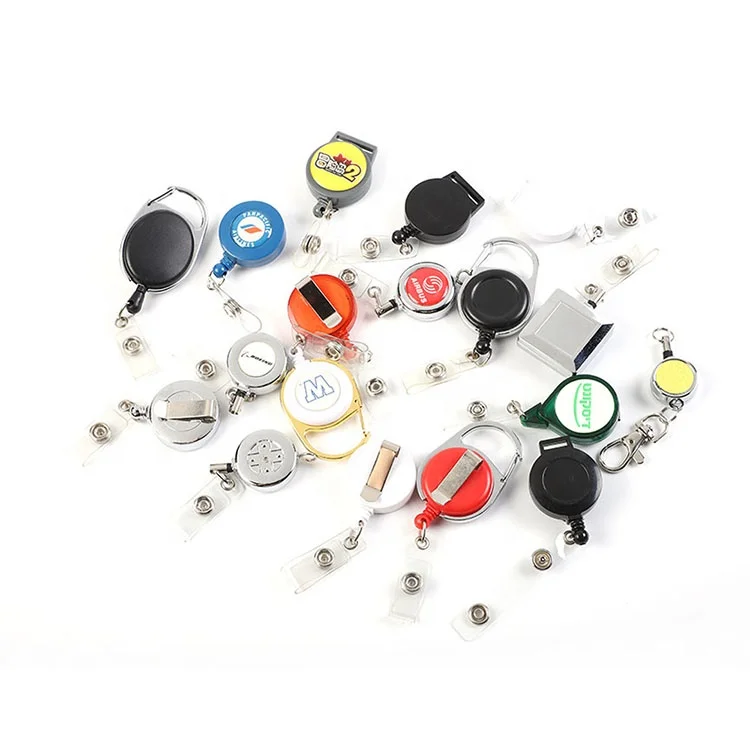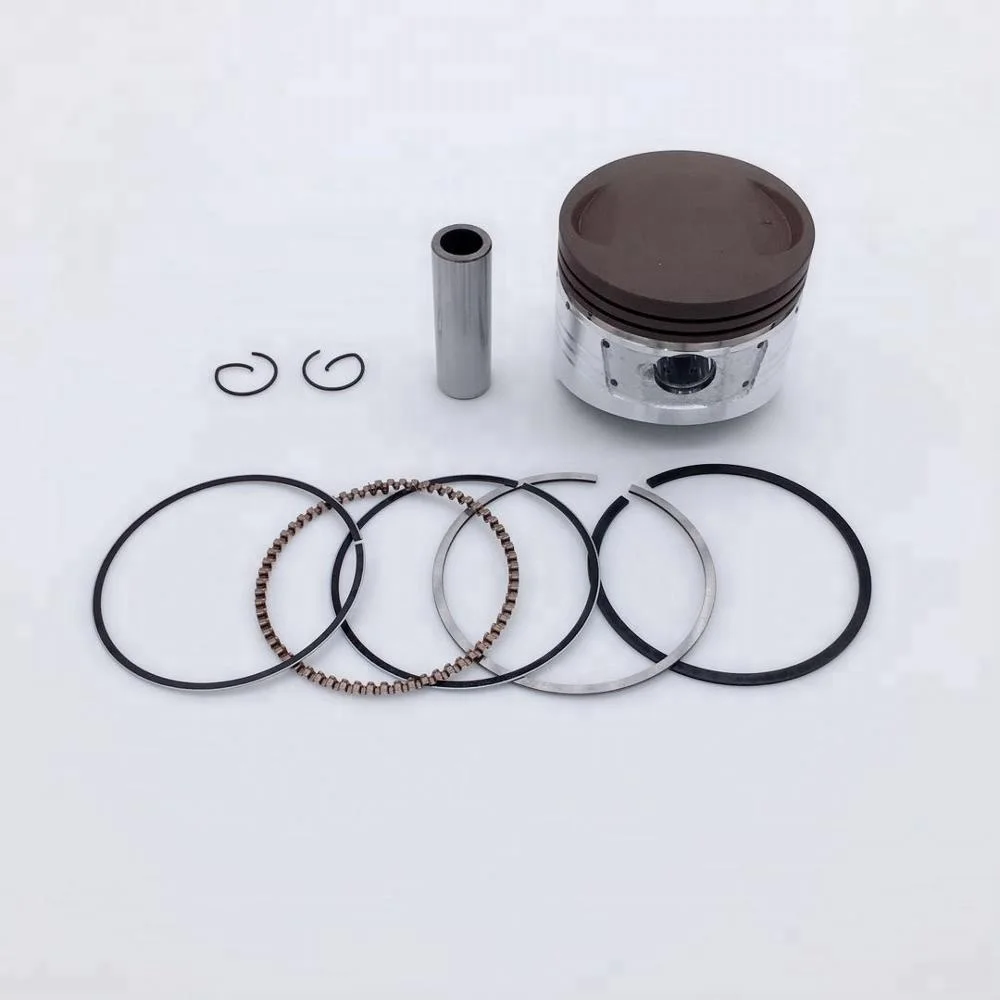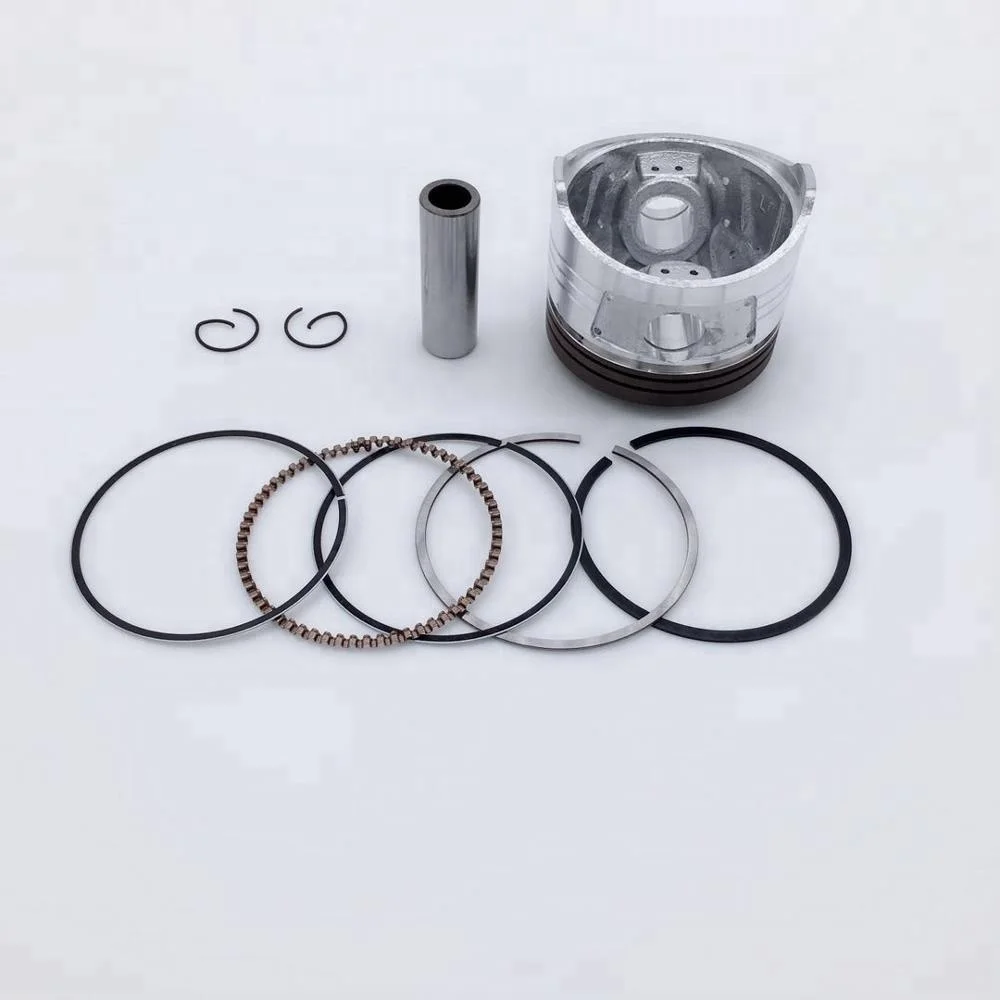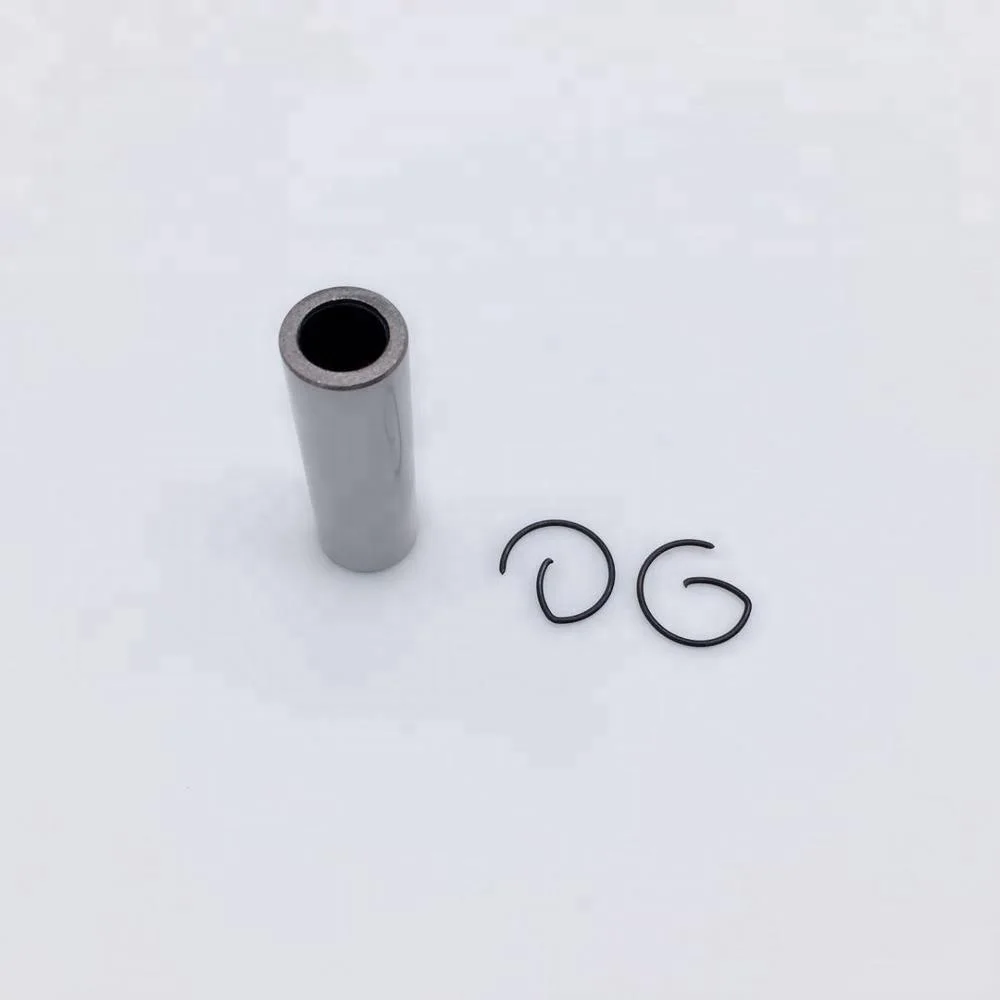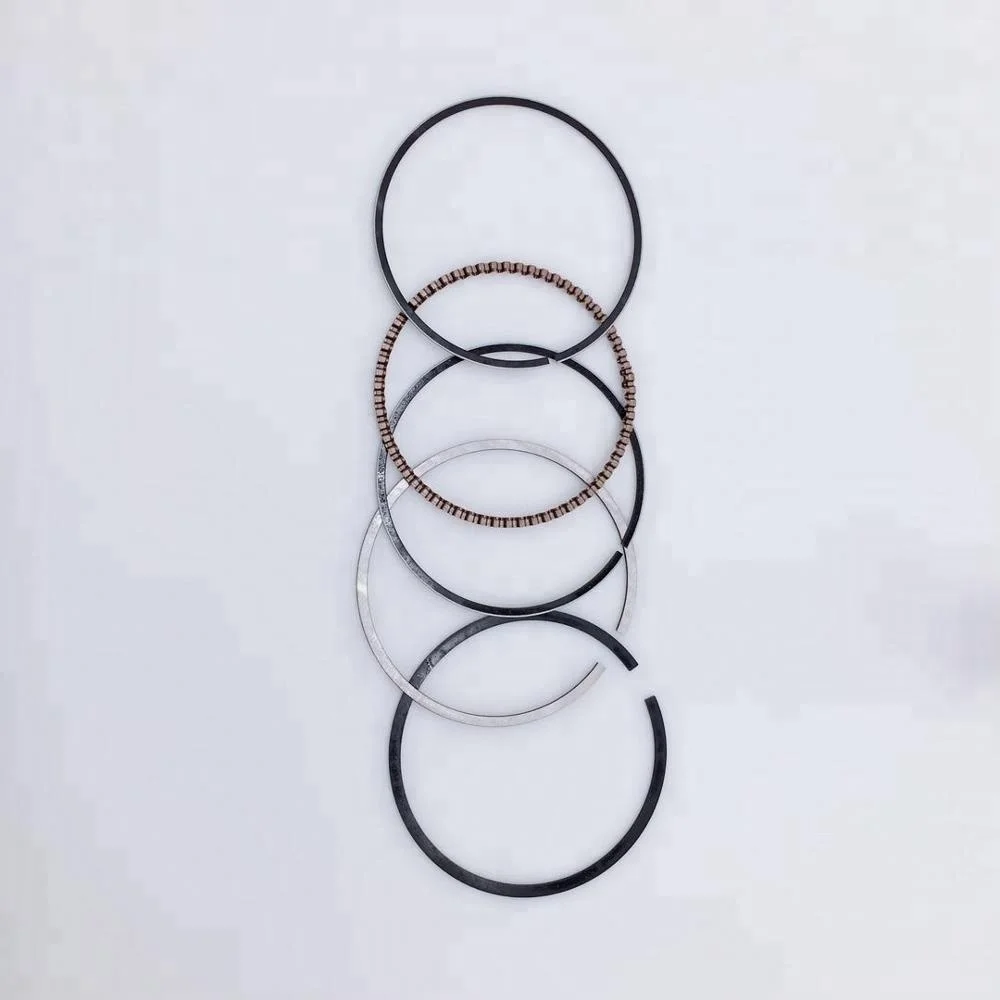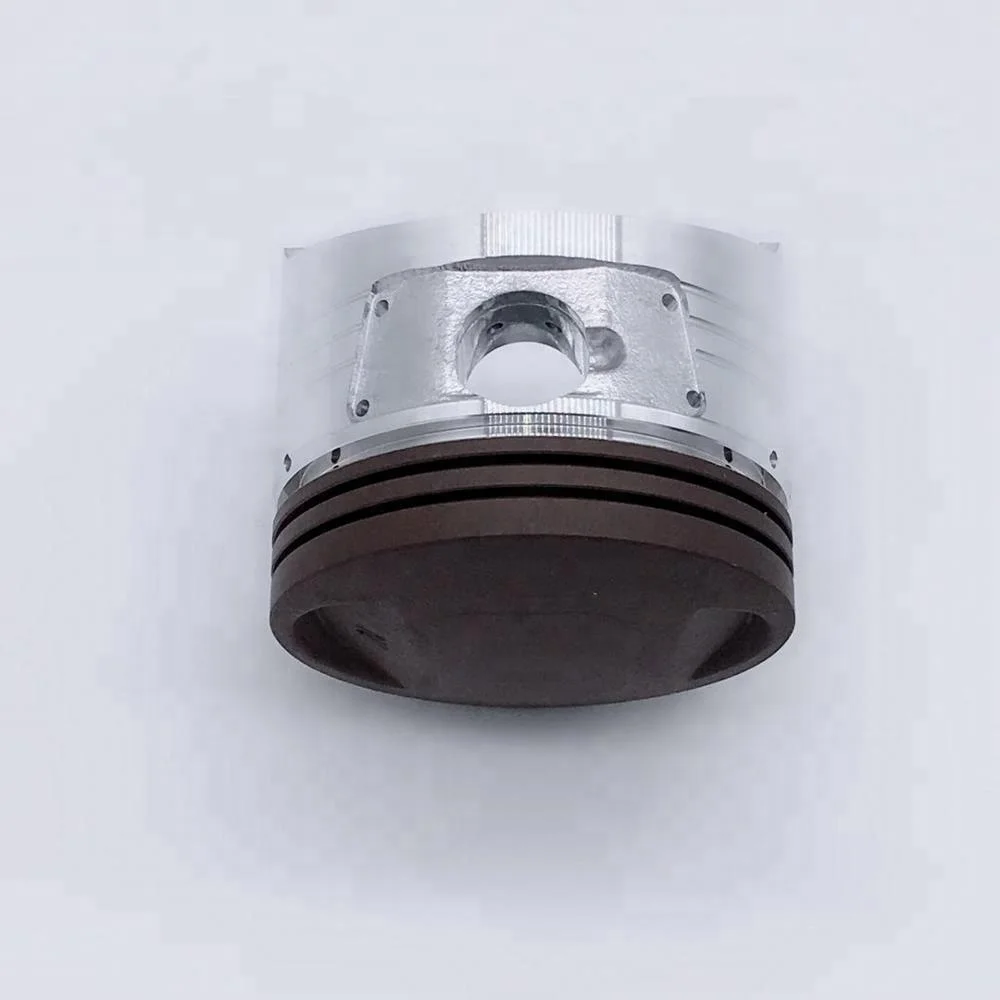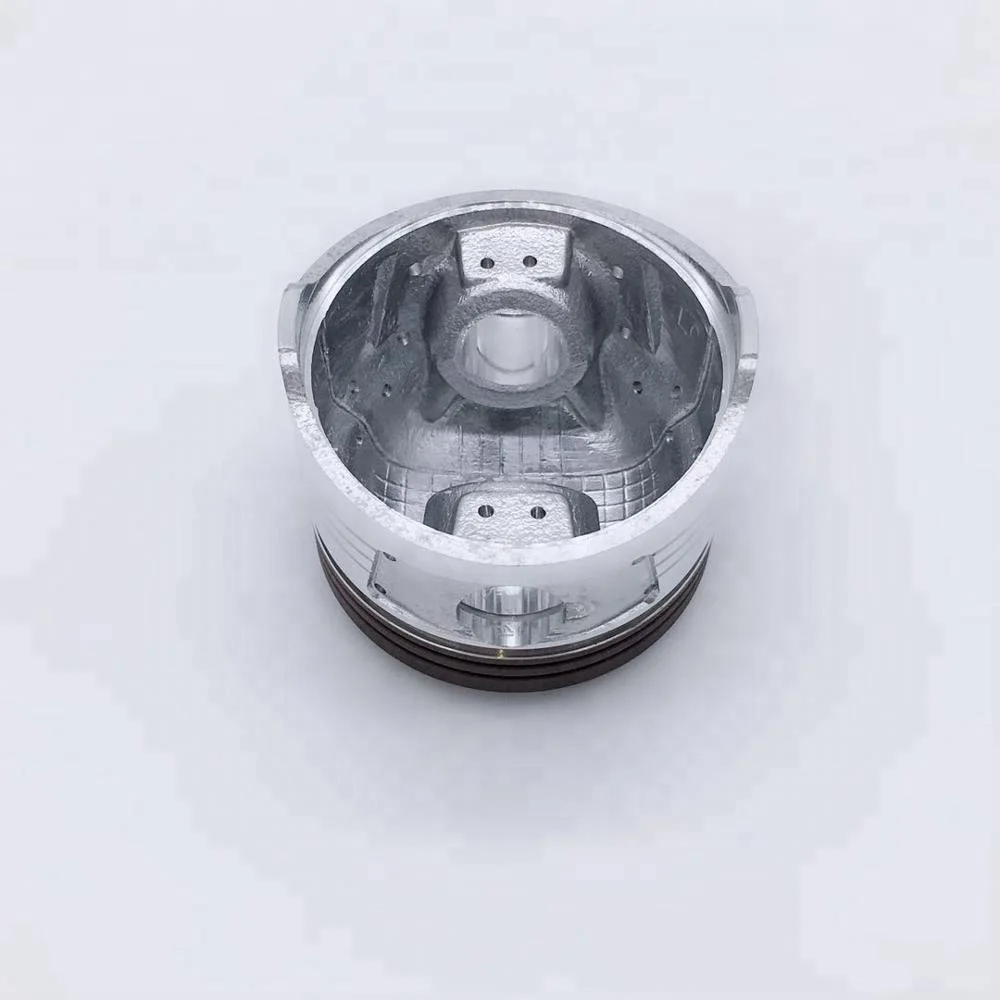Clips: Essential Tools for School and Office Organization
In today's fast-paced academic and professional environments, clips remain indispensable for keeping documents organized, presentations neat, and workspaces clutter-free. From simple paperclips to heavy-duty binder clips, these small but mighty tools come in various designs to suit different needs.
How to Find Reliable Clips from China in 2025
China continues to be the global manufacturing hub for office supplies, producing approximately 65% of the world's clips. When sourcing from Chinese suppliers:
- Verify supplier certifications (ISO 9001, BSCI)
- Request material specifications (stainless steel vs. coated wire)
- Check minimum order quantities (typically 500-1,000 units)
- Ask for samples to test durability
Platforms like Alibaba showcase numerous verified manufacturers with customer reviews and transaction histories.
What Buyers Should Know Before Buying Clips from China
Quality varies significantly among Chinese manufacturers. Key considerations include:
- Material thickness (0.8mm+ for heavy-duty use)
- Corrosion resistance (especially for coastal areas)
- Colorfastness of coated varieties
- Packaging options (bulk vs. retail-ready)
Lead times typically range 15-30 days for custom orders, with sea freight being most cost-effective for large quantities.
Types of Clips
The four primary categories serve distinct purposes:
Paperclips
Standard for temporary document binding, available in multiple sizes (No.1 to No.3) and finishes (matte, glossy).
Binder Clips
Ideal for thick document stacks, featuring foldable arms and rubberized grips.
Bulldog Clips
Spring-loaded with flat surfaces, perfect for hanging documents or labeling.
Specialty Clips
Includes magnetic clips, clipboard clips, and decorative designs for specific applications.
Functions and features of Clips
Modern clips incorporate innovative features:
- Non-slip rubber coatings (prevents document slippage)
- Anti-rust treatments (extends lifespan by 3-5x)
- Ergonomic designs (reduces finger fatigue during use)
- Color-coding systems (for easy document categorization)
Premium versions may include integrated label holders or built-in hole punches.
Scenarios of Clips
Beyond basic paper organization:
Classroom Use
Teachers utilize colored clips to differentiate student work or create rotating assignment systems.
Office Efficiency
Project teams employ jumbo clips to keep related documents together during collaborative work.
Retail Applications
Stores use decorative clips for price tagging or merchandise displays without damaging items.
How to Choose Clips
Selection depends on three factors:
- Document Volume - Thicker stacks require larger binder clips
- Frequency of Use - Daily applications demand higher-grade materials
- Environmental Conditions - Humid climates need corrosion-resistant options
For archival purposes, opt for acid-free plastic clips to prevent paper degradation.
Clips Q & A
Q: What's the weight capacity of standard binder clips?
A: Medium-sized clips (19mm) typically hold 20-30 sheets securely, while jumbo versions (51mm) can manage 100+ pages.
Q: How can I prevent clips from leaving marks on documents?
A: Use clips with silicone padding or place a blank sheet as buffer between the clip and important papers.
Q: Are there eco-friendly clip options?
A: Yes, manufacturers now offer biodegradable plastic clips and recycled metal versions.
Q: What's the price range for bulk orders?
A: Standard paperclips cost $0.50-$2.00 per 100 units, while premium binder clips range $5-$15 per 100, depending on specifications.
Q: Can clips damage documents over time?
A: Metal clips may cause rust stains if stored long-term in humid conditions. For permanent storage, consider plastic alternatives.








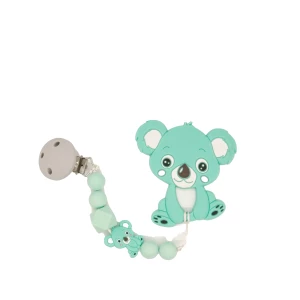
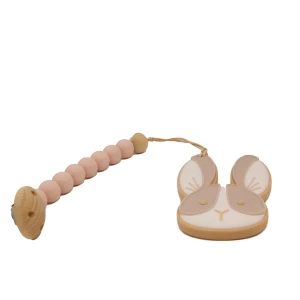

.jpg_300x300.webp)
